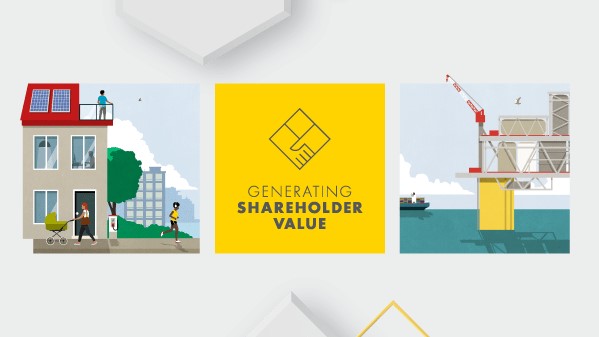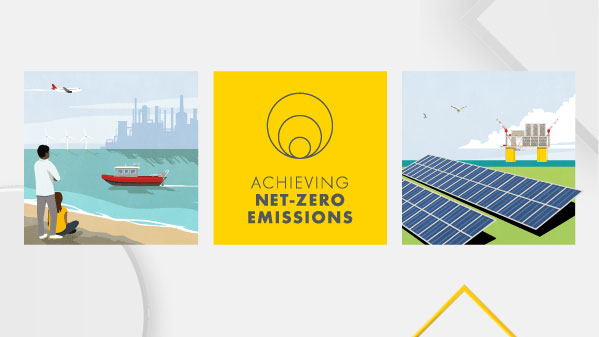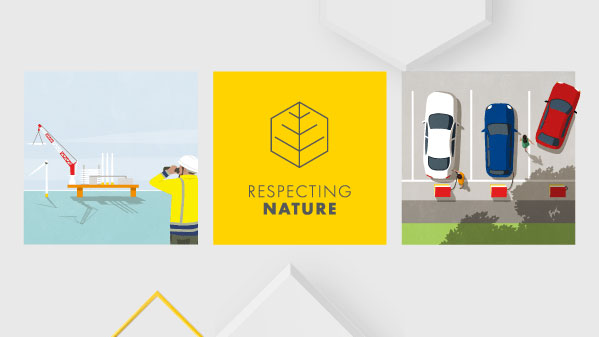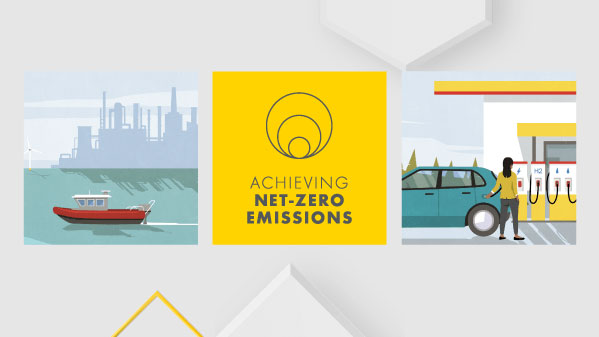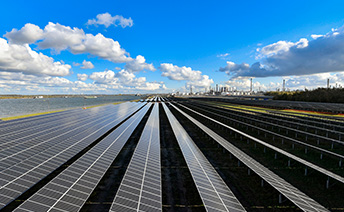Case study Oil and gas on the path to net zero
Oil and gas make up around half of primary energy use today, and even though their share will decline, they will still be part of the energy system for decades to come.[1]
The International Energy Agency published three scenarios in its latest World Energy Outlook (2022): Stated Policies Scenario (STEPS), which is based on today’s policy settings, Announced Pledges Scenario (APS), which is based on all aspirational targets announced by governments, and Net Zero Emissions (NZE) by 2050, which sets out a pathway to achieving net-zero emissions by 2050.
By 2050, oil and gas demand increases by an estimated 4% in STEPS, but decreases by 40% in APS and 76% in NZE compared with 2022.[2]
Shell published its Energy Security Scenarios in March 2023. In Archipelagos, which explores a possible path from where the world was in 2022, oil and gas demand decreases by 6% in the 2022-2050 period. In Sky 2050, a normative scenario, the future is aimed at a world that achieves net-zero emissions by 2050, and global warming limited to 1.5°C by the end of the century. In this scenario, oil and gas demand decreases by 52% in the period between 2022 and 2050.[3] [4]
As the world works to achieve net-zero emissions, it also needs a secure and affordable supply of energy. In some cases, our advocacy focuses on developing and growing future energy solutions which need targeted policy support. In other cases, our advocacy focuses on our current and future oil and gas production, including:
- Government decisions and plans for issuing exploration and production leases
- Standards and regulations for the safe operation of offshore assets and infrastructure
- Decarbonisation of oil and gas production assets and processes, including through electrification
- Environmental standards and regulations, such as those relating to methane emissions, water management or natural habitat protection
- Repurposing of existing oil and gas assets and infrastructure for use in the energy transition, such as repurposing pipelines to transport CO2
- Decommissioning and restoration of assets and infrastructure
- The stability and competitiveness of the tax regime for the sector
The question of how to manage continued production of oil and gas in the context of energy security and net-zero targets was an important part of policy discussions in 2022.
USA
Oil and gas production in the USA has increased steadily in recent years.[5] In 2019, the USA became a net exporter of energy.[6] In 2022 its production was crucial not just for meeting domestic energy demand, but for helping to fill the supply gap in Europe caused by the loss of pipeline gas from Russia.[7]
We believe that hydrocarbon resources in the USA can play a key role in securing global energy supply and reducing disruption caused by extreme price volatility. In this context, we have advocated in favour of continued lease sales in the Gulf of Mexico, which the Biden Administration paused in early 2021.
In March 2022, we testified to the US Senate Committee on Energy and Natural Resources, sharing our views on global energy security. We stated that the energy crisis could be partly alleviated by approving backlogged LNG permits, and by permitting otherwise ready oil and gas projects. We also called for an energy policy that includes the responsible production of oil, while accelerating a transition to net-zero emissions, and for an end to the pause on federal oil and gas leasing programmes.
In August 2022, President Biden signed the Inflation Reduction Act into law. Shell supported the act, welcoming both its provisions to support clean energy and its measures to secure domestic energy production. The Inflation Reduction Act reinstated previously blocked oil and gas lease sales and makes issuance of development rights for offshore clean energy projects contingent on further oil and gas lease sales. Shell has continued to engage on the topic, submitting comments on the proposed leasing programme to the US government in October 2022.
UK
The UK was the first country to set a legally binding target of net-zero emissions by 2050. It is working to achieve that, while maximising the value of its remaining North Sea oil and gas reserves and relieving the pressure on energy supplies and prices in Europe. Shell is one of the leading oil and gas producers in the North Sea, and we believe that as much as possible of the UK’s oil and gas demand should be supplied from its own resources. In a letter to the UK government in February 2022, we called for “a robust and transparent regulatory framework that enables existing and future production within the constraints of the expected decline in demand required to achieve net zero”.
We also expressed strong support for aligning oil and gas production with net-zero planning in our response to the government’s consultation on the design of a ‘climate compatibility checkpoint’ for new oil and gas licensing rounds. The checkpoint was aimed at ensuring that any future licensing in the UK would be consistent with its net-zero commitments and the implied demand for oil and gas.
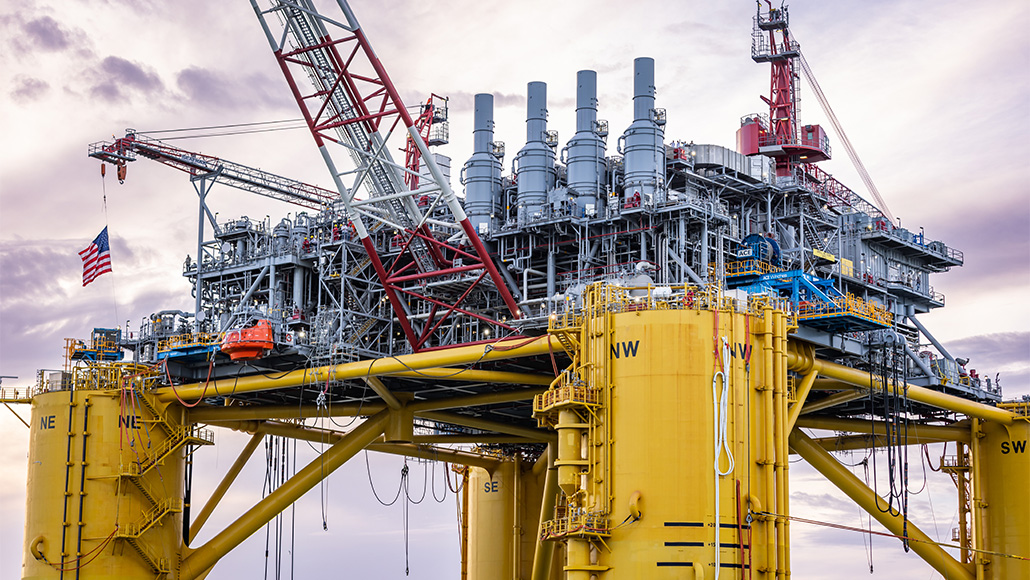
[1] According to our analysis and data from the International Energy Agency https://iea.blob.core.windows.net/assets/830fe099-5530-48f2-a7c1-11f35d510983/WorldEnergyOutlook2022.pdf
[2] According to our analysis and data from the International Energy Agency https://iea.blob.core.windows.net/assets/830fe099-5530-48f2-a7c1-11f35d510983/WorldEnergyOutlook2022.pdf
[4] Our scenarios are intended as an aid to making better decisions. They are absolutely not predictions or expectations of what will happen, or even what will probably happen. They are not Shell’s strategy or business plan and they do not necessarily reflect the thinking or behaviour of the business.
[5] https://www.eia.gov/energyexplained/us-energy-facts/imports-and-exports.php
[6] https://www.eia.gov/energyexplained/us-energy-facts/imports-and-exports.php

